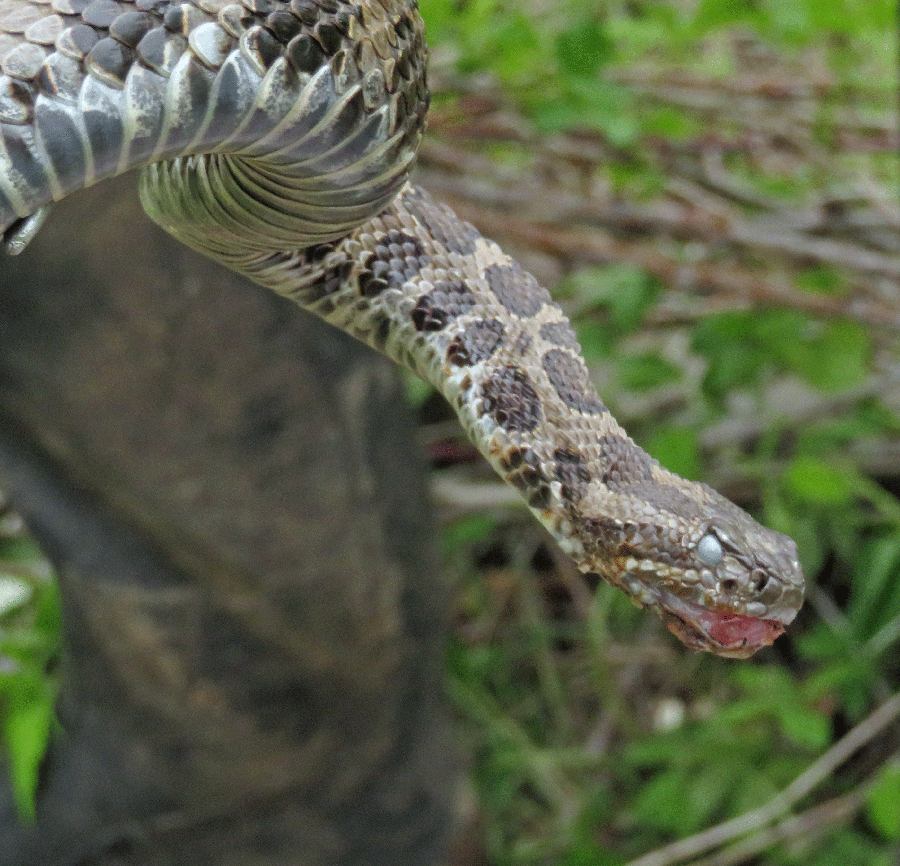Outdoors
Wisconsin DNR asks for help tracking sick snakes

The Wisconsin DNR asked for help tracking an illness slithering among snakes. Snake Fungal Disease was found 11 of Wisconsin’s 21 snake species. The fungus leaves bumps and lesions on the snake’s body.
Wisconsin DNR Conservationist Rich Staffen says in some cases, snakes can shed the fungus when they shed their skin.
In severe instances, it can impact their mouths and become deadly for the reptiles. Snake Fungal Disease has destroyed local populations of rare snakes in the country.
Snake Fungal Disease is confirmed in eight Wisconsin counties including Buffalo, Crawford, La Crosse, and Trempealeau.
Staffen said it could impact more than just the snake population. He said snakes eat small mammals that can be pests for crops or carry lime disease. Staffen added snakes serve as prey for larger birds in the area.
Staffen said they have old records of the fungus, but the DNR has noticed a spike in the last 5-10 years that has raised alarms. Officials are concerned about what is making the disease more prevalent.
The DNR is asking for the public to send photos of snakes they find with lesions or bumps that may be signs of the illness. The information could be crucial if new species of snakes are discovered with the fungus, or if it is tracked in a new county.
People can send the photographs to [email protected], along with the date of observation, precise location, species of snake and symptoms observed.







